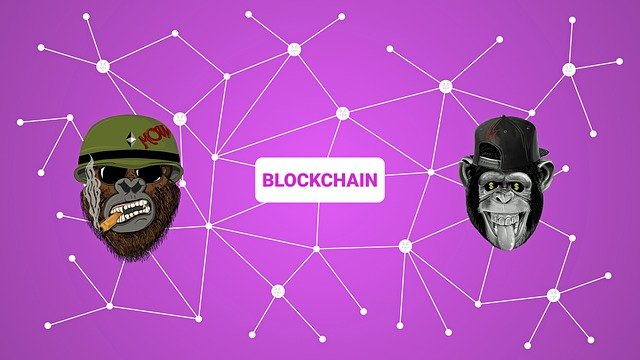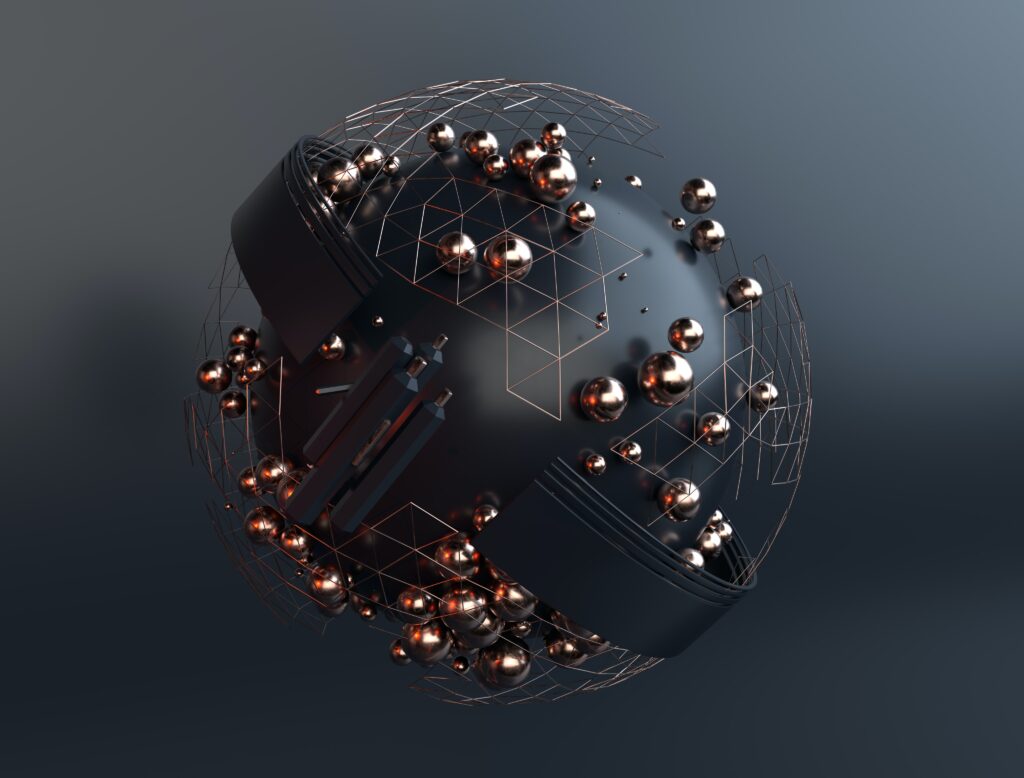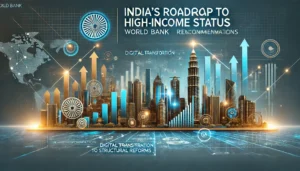As on 27.01.22 Pudgy Penguins have 8,888 unique collectible Penguins with proof of ownership stored on the Ethereum blockchain. Pudgy Penguins are “Non-Fungible Tokens” on Ethereum, and each Pudgy Penguin was created as an ERC-721 standard token, that powers most digital art and collectibles.
Price of 1 Etherium on 26.01.22 is Rs. 1,83,522 and price of 1 Bitcoin (BTC)= Rs. 27,46,233
They are Featured on New York Times, CNBC, and Bloomberg.. Apart from 8,888 pudgy penguins they have 22,222 Lil Pudgys.
Each Lil Pudgy is a unique collectible NFT randomly generated from 400 traits.
Every Pudgy Penguin is eligible to claim a Lil Pudgy on December 19th and all of the other Lil Pudgys are waiting to be minted by anybody and everybody who wants to join The Huddle!


Who Created Etherium
Ethereum was created in 2013 by a programmer, naming Vitalik Buterin.
Metaverse is an idea of a web-based 3D digital world with virtual land and objects. Envision a world in which you can work remotely, visit virtual exhibition halls to see the most recent craftsmanships, or join your kindred musical crew fans at a virtual show, all from the solace of your home.
What is Pudgy Penguins
Pudgy Penguins launched on July 22, 2021. Each penguin is unique and no two are exactly alike. The combination of a Pudgy Penguins aesthetics was randomly generated from over 150 hand drawn traits.
There are 5 Pudgy Penguins that were created by the artist and do not have randomly generated traits. These 5 Pudgy Penguins are known as the most rare and include a Pudgy Penguin in a banana suit, a shark costume, a pineapple suit, a ghost costume, and one of them is even facing the opposite direction of all other Penguins.

Pudgy Penguin post updates, news, and a variety of content on their Twitter handle.
Fungibility Meaning

Fungibility is a quality of a decent or an item where every unit is compatible and indistinct from another. Fungible things can be traded on the grounds that what characterizes them is their worth itself and no exceptional arrangement of properties.
For instance, on the off chance that you have a cash note of Rs.500, you can undoubtedly supplant it with another money note of Rs.100 or five notes of Rs.100 without influencing the worth traded. For example, Bitcoin is additionally fungible, meaning you can trade one Bitcoin for another.
Interestingly, your cherished restricted release football player’s card is an illustration of a non-fungible ware. Each card is remarkable and can be treated as collectable. A card with one player doesn’t as a rule have a similar worth as the card with another player. Indeed, even with two same cards, different factors, for example, the time of creation or protection of the card can have an effect. Likewise, a piece of workmanship or a canvas made as one remarkable duplicate is an illustration of non-fungible.

One can purchase a Pudgy Penguin from their verified collection on the Opensea market place.

The maker of the NFT can choose the shortage of the resource. For instance, think about a pass to a show. The maker of the NFT can pick the number of tickets will exist. Now and again the tickets could be exactly comparable, simply having a ‘general affirmation’ grant. Simultaneously, they can be marginally unique, such as having seat numbers appointed to each ticket.
A large portion of the NFTs are a piece of the Ethereum blockchain. Ethereum is one of the sorts of digital money, yet its blockchain additionally upholds Non-fungible Tokens, which store additional data and work in an unexpected way. Other blockchains organizations can likewise execute their renditions of such tokens.

Facebook Metaverse
With Facebook changing its name to Meta in October 2021, the metaverse turned into the new most loved popular expression. To cook for its rebranding, the web-based media monster emptied assets into another division called Reality Labs to spend something like 10 billion dollars in 2021. The thought is to create metaverse content, programming, just as AR and VR headsets, as CEO Mark Zuckerberg accepts will be pretty much as far reaching as cell phones later on.
The COVID-19 pandemic has additionally sped up the interest in creating metaverses. There is an expanded interest for more intuitive ways of interfacing with others as more individuals have begun working from a distance. Virtual 3D spaces that let colleagues join gatherings, make up for lost time, and work together are on the ascent. The Microsoft Mesh uncovered in November 2021 is a model. It highlights vivid spaces for clients to blend and work together utilizing their symbols, making remote group gatherings seriously captivating and fun.
What Makes NFT so valuable

Walmart appears to be venturing into the metaverse with plans to create its own cryptocurrency and collection of NFTs.

Blockchain innovation permits NFTs to be freely validated, filling in as a computerized signature affirming the possession and inventiveness. NFTs can’t be traded for a like-for-like premise as every one is novel rather than fungible resources like dollars, stocks or bars of gold.
NFTs can have just a single lawful proprietor and are gotten by the Ethereum Blockchain, for example proprietorship records can’t be adjusted.
A craftsmanship authority, purchased a 10 seconds video cut by a craftsman for $67,000 (approx. Rs.50 lakh) and sold it for $6.6 million (approx. Rs.48 crore). Author of Twitter, Jack Dorsey, sold his very first tweet from 15 years prior through NFT.
NFTs can be different advanced structures like drawings, music, a game, any workmanship, and so forth NFTs can be computerized work of art and sports cards, likewise parcels and virtual conditions.

Metaverse technology provides a decentralized and transparent solution for digital proof of ownership, digital collectibility, transfer of value, governance, accessibility, and interoperability. Cryptocurrencies enable users to transfer value while they work and socialize in the 3D digital world.
For example, crypto can be used to buy virtual lands in Decentraland Players can purchase 16×16 meter land parcels in the form of Non Fungible Tokens with the game’s cryptocurrency MANA. With the support of blockchain technology, the ownership of these virtual lands can be established and secured.
In the future, crypto can potentially incentivize people to actually work in the metaverse. As more companies take their offices online for remote working, we might see metaverse-related jobs being offered.
Augmented reality (AR) and virtual reality (VR) can give us an immersive and engaging 3D experience. These are our entry points to the virtual world. But what’s the difference between AR and VR?
AR uses digital visual elements and characters to morph the real world. It’s more accessible than VR and can be used on almost any smartphone or digital device with a camera. Through AR applications, users can view their surroundings with interactive digital visuals, similar to what we have in the mobile game Pokémon GO. When players open the camera on their phones, they can see Pokémons in the real-world environment.
VR works differently. Much like the metaverse concept, it produces an entirely computer-generated virtual environment. Users can then explore it using VR headsets, gloves, and sensors.
The way AR and VR work shows an early model of the metaverse. VR is already creating a digital world that incorporates fictional visual content. As its technology becomes more mature, VR can expand the metaverse experience to involve physical simulations with VR equipment. Users will be able to feel, hear and interact with people from other parts of the world. Considering the hype around the metaverse, we can expect more metaverse companies to invest in AR and VR equipment development in the near future.
While this is not new technology, the use of 3D reconstruction has been rising during the pandemic, especially in the real estate industry, as lockdowns prevented potential buyers from visiting properties in person. Therefore, some agencies adopted 3D reconstruction technology to generate virtual property tours. Much like the metaverse we imagined, buyers could look around potential new homes from anywhere and make purchases without even having stepped foot inside.
IoT) was first introduced in 1999. Simply put, IoT is a system that takes everything in our physical world and connects them to the Internet through sensors and devices. After connecting to the Internet, these devices will have a unique identifier and the ability to send or receive information automatically. Today, IoT is connecting thermostats, voice-activated speakers, medical devices, and much more to a wide range of data.
One of the applications of IoT on the metaverse is to collect and provide data from the physical world. This would increase the accuracy of the digital representations. For example, IoT data feeds could change the way certain metaverse objects function based on the current weather or other conditions.
Implementing IoT can seamlessly connect the 3D world to a large number of real-life devices. This enables the creation of real-time simulations in the metaverse. To further optimize the metaverse environment, IoT could also use AI and machine learning to manage the data it collects.
One of the challenges for the metaverse is to create a digital environment that appears as close to our real world as possible. With the help of 3D reconstruction, it can create realistic and natural-looking spaces. Through special 3D cameras, we can take our world online by rendering accurate 3D photorealistic models of buildings, physical locations, and objects. The 3D spatial data and 4K HD photography are then passed to computers to process and generate a virtual replica in the metaverse for users to experience. These virtual replicas of physical world objects can also be referred to as digital twins.
While the metaverse is still under development, many companies are already exploring its potential. In the crypto space, Decentraland and The Sandbox are notable projects, but big companies like Microsoft, Nvidia, and Facebook are also getting involved. As AR, VR, and AI technologies advance, we will likely see exciting new features in these virtual, borderless worlds.









